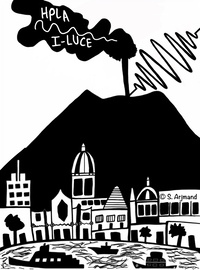Speaker
Description
The I-LUCE facility will host two state-of-the-art laser systems: a high-repetition-rate laser delivering 9 mJ in 34 fs pulses at 1 kHz, and a more powerful system capable of reaching up to 320 TW, with a repetition rate between 3.3 Hz and 10 Hz and pulse duration of 23 fs. Efficient and flexible beam transport is critical to fully exploit the capabilities of these lasers. The first laser will be directed into a dedicated vacuum chamber designed for target testing and diagnostic campaigns. The second, more powerful laser will be split to reach two distinct interaction chambers in the main I-LUCE experimental area. The first chamber is dedicated to advanced ion and electron acceleration studies, as well as neutron and gamma-ray generation. The second chamber will host nuclear physics and warm dense matter experiments, leveraging both the high-intensity laser and ions delivered by the INFN-LNS conventional accelerators. This presentation will describe the design considerations, optical layout, and engineering solutions implemented to ensure precise delivery, stability, and versatility of the laser beams across the experimental stations. The chosen transport solutions will enable the I-LUCE facility to support a wide range of high-impact scientific programs in fundamental and applied research.

